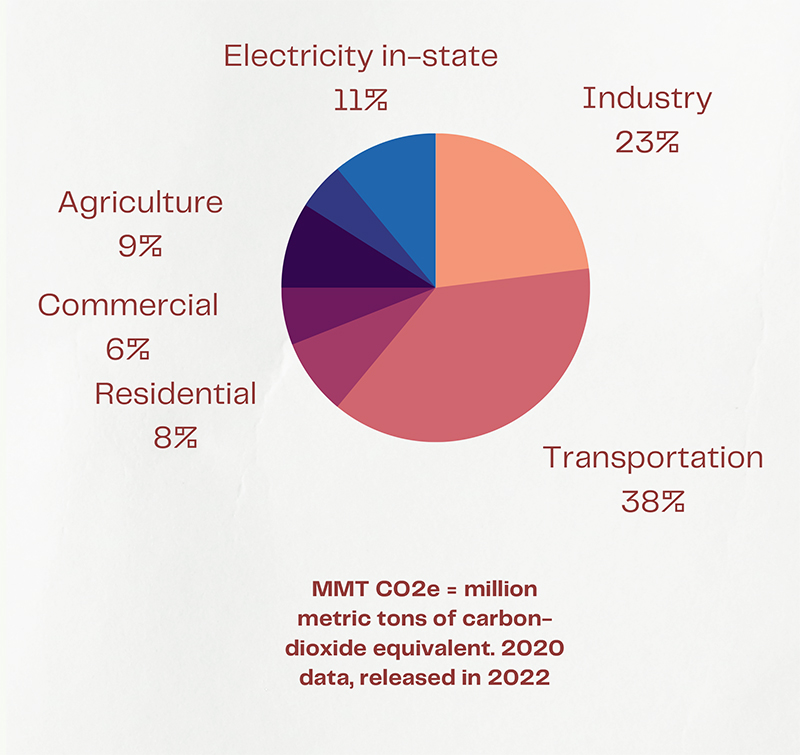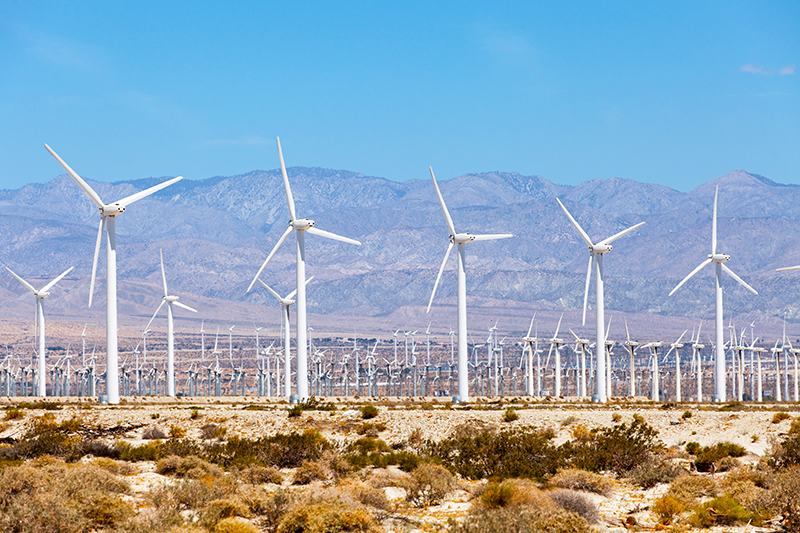California is launching a bold new climate plan to eliminate the state’s greenhouse gas emissions by 2045, which would also significantly decrease emissions beyond its borders. The plan requires significant transformations in energy, industry, transportation, and human behavior, and addresses challenges such as environmental justice and affordability. However, the plan has faced opposition from local organizations and individuals, as well as challenges in implementing new policies.
California’s Climate Plan Has the Potential to Influence the Rest of the World
Despite these obstacles, the authors of the plan, who have experience as board members of the California Air Resources Board, believe that California has the potential to succeed and set an example for the rest of the world. California’s economy is comparable to the fourth largest in the world and has a history of setting environmental standards that are copied globally. The plan includes a 94% reduction in petroleum use by 2045 and an 85% reduction in greenhouse gas emissions relative to 1990 levels. The remaining 15% will be achieved through carbon capture and sequestration.
California’s 2045 Climate Plan: A Comprehensive Approach to Eliminating Greenhouse Gas Emissions
The plan to eliminate California’s greenhouse gas emissions by 2045 includes a 37-fold increase in zero-emission vehicles on the road, a sixfold increase in electrical appliances in homes, a fourfold increase in installed wind and solar generation capacity, and a doubling total electricity generation. It also focuses on increasing hydrogen power and modifying agricultural and forest management to decrease wildfires, sequester carbon dioxide, and decrease fertilizer demand. This is a massive undertaking that will require significant transformations in various industries and activities, particularly in transportation which is the largest contributor to emissions.
Transportation accounts for about half of California’s greenhouse gas emissions, including those from oil refineries. The state has already implemented regulations for nearly all new cars, trucks, and buses to have zero emissions by 2035 and for transit buses by 2029. Additionally, California’s Low Carbon Fuel Standard requires oil companies to gradually decrease the carbon intensity of transportation fuels, to ensure that the liquid fuels needed for legacy cars and trucks still on the road after 2045 will be low-carbon biofuels.

Challenges May Cause Things to Slow Down
The plan to eliminate California’s greenhouse gas emissions by 2045 includes a reliance on regulations, but there is a risk that opposition may lead to modifications or rescissions of these regulations. For example, if battery costs do not continue to decrease, charging infrastructure is not provided, and local opposition blocks new charging sites and grid upgrades, the state may have to slow down its zero-emission vehicle requirements. The plan also relies on changes in human behavior, such as a 25% reduction in vehicle miles traveled in 2030 compared to 2019, which may be difficult to achieve without implementing unpopular measures such as steep charges for road use and parking, or a significant increase in shared-ride automated vehicles, which are not yet widely available.
Crucial for Reaching Net Zero Emissions
The plan also calls for a significant increase in electricity production, specifically doubling total generation and quadrupling renewable generation in just 22 years. Electrification of buildings is still in its early stages in California, with requirements for new homes to have rooftop solar and incentives and regulations to replace natural gas use with heat pumps and electric appliances.





